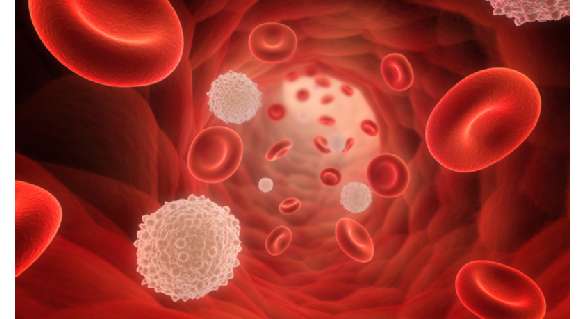The human immune system has been built up over time to defend against bacteria, viruses, and fungi. It is a complex one that has many overlapping components. The primitive complement system and white cells that provide general immunity and the sophisticated cells that produce specific protein to attack specific infections. They are programmed in the lymph nodes and they travel though the blood to the site of infection. If one or more components fail, the body falls prey to severe and persistent infections. The first sign may be recurrent infections of the sinus, ear, skin, and lung that do not improve with medications and keep reoccurring. When a pattern develops, Primary Immunodeficiency Disease (PIDD) must be considered.
There are 180 PPID’s identified that affect 1 in 2,000 people in the U.S Unlike AIDS that is caused by a viral infection PIDD’s are inherited, passed down from one or both parents. B-cell deficiency in which the body fails to produce enough or effective antibodies is the most common (60%). Then bubble boy, who had no immunity, (severe combined immunodeficiency) is very rare and affects 1:50,000.
Symptoms vary according to the degree of deficiency. Newborns with severe symptoms need immediate antibiotic treatment, isolation and often go on to get stem cell transplant and/or regular gamma globulin infusions. Newborn screening includes testing for SCID and similar diseases.
In older age groups, symptoms include, recurrent pneumonias, sinusitis, meningitis, skin and blood infections. Digestive problems, delayed growth, malabsorption, anemia and other blood disorders may occur. Autoimmune disorder may coexist with immunodeficencies.
Milder symptoms are more difficult to pick up and are often treated for years with multiple courses of antibiotics, and surgeries before immunodeficiency is considered. Early diagnosis and treatment may slow the course of the disease and prevent complications.
Diagnosis is made with a good clinical history, a review of previous antibiotic treatments, or surgeries and chest x-rays, CAT scans and hospital records. Family history is very important, specifically including early deaths from unexplained illnesses. Physical exam may reveal lack of tonsils, non-healing sores or boils, malnourish state or small stature. Special blood tests evaluating T and B white cell quantity and function are important. Response to routine immunizations is checked. Quantitative immunologic proteins, IgA, IgM, IgA and IgE are measured.
Treatment involves preventing and treating infections, boosting the immune system and treating the underlying cause.
Infections are treated aggressively with oral or intravenous antibiotics. Long-term antibiotic treatment may be necessary. The immune system can be fortified by use of intravenous or subcutaneous immunoglobulin or gamma interferon therapy. In some cases stem cell transplantation can replace deficient immune cell with normal ones, offering a cure.
Although rare, when diagnosed before many complications set in, these diseases can be treated effectively and in some cases, can be cured by bone marrow or stem cell transplantation.




